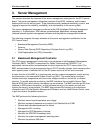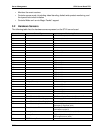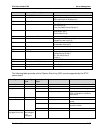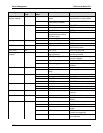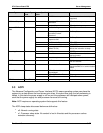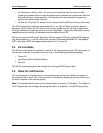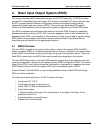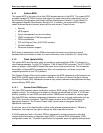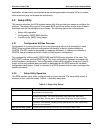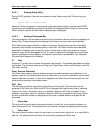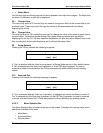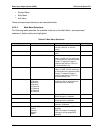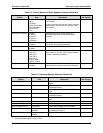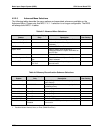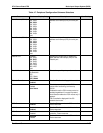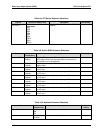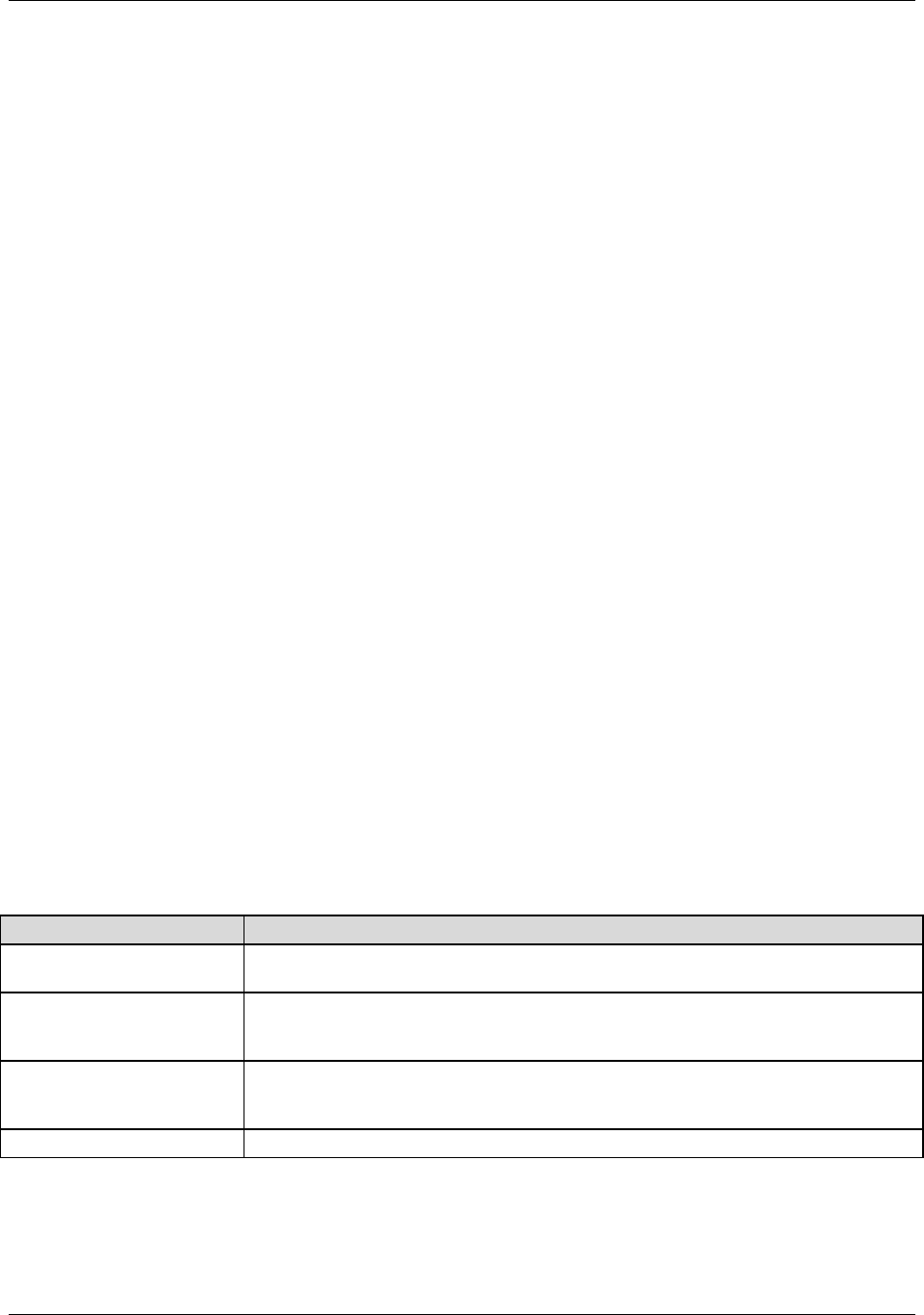
STL2 Server Board TPS Basic Input Output System (BIOS)
Revision 1.0 4-31
Application software must use standard advanced programmable interrupts (APIs) to access
these areas and may not access the data directly.
4.2 Setup Utility
This section describes the ROM resident setup utility that provides the means to configure the
platform. The setup utility is part of the system BIOS and allows limited control over on-board
resources such as the parallel port and mouse. The following topics are covered below:
•
Setup utility operation
•
Configuration CMOS RAM definition
•
Function of the CMOS clear jumper
4.2.1 Configuration Utilities Overview
Configuration of on-board devices is done using the setup utility that is embedded in flash
ROM. Setup provides sufficient configuration functionality to boot a system diskette or
CDROM. The SSU, which is discussed in a separate document, is released on diskette or
CDROM. Setup is always provided in flash for basic system configuration.
The configuration utilities modify CMOS RAM and NVRAM under direction of the user. The
BIOS POST routines and the BIOS Plug-N-Play Auto-configuration Manager accomplish the
actual hardware configuration. The configuration utilities always update a checksum for both
areas, so that any potential data corruption is detectable by the BIOS before the hardware
configuration takes place. If data is corrupted, the BIOS requests that the user reconfigure the
system and reboot.
4.2.2 Setup Utility Operation
The ROM-resident setup utility configures only on-board devices. The setup utility screen is
divided into four functional areas. Table 4-1 describes each area:
Table 4-1. Setup Utility Screen
Functional Area Description
Keyboard Command Bar
Located at the bottom of the screen. This bar displays the keyboard commands
supported by the setup utility.
Menu Selection Bar
Located at the top of the screen. Displays the various major menu selections
available to the user. The server setup utility major menus are: Main Menu,
Advanced Menu, Security Menu, System Menu, Boot Menu, and the Exit Menu.
Options Menu
Each Option Menu occupies the left and center sections of the screen. Each menu
contains a set of features. Selecting certain features within a major Option Menu
drops you into submenus.
Item Specific Help Screen
Located at the right side of the screen is an item-specific Help screen.



